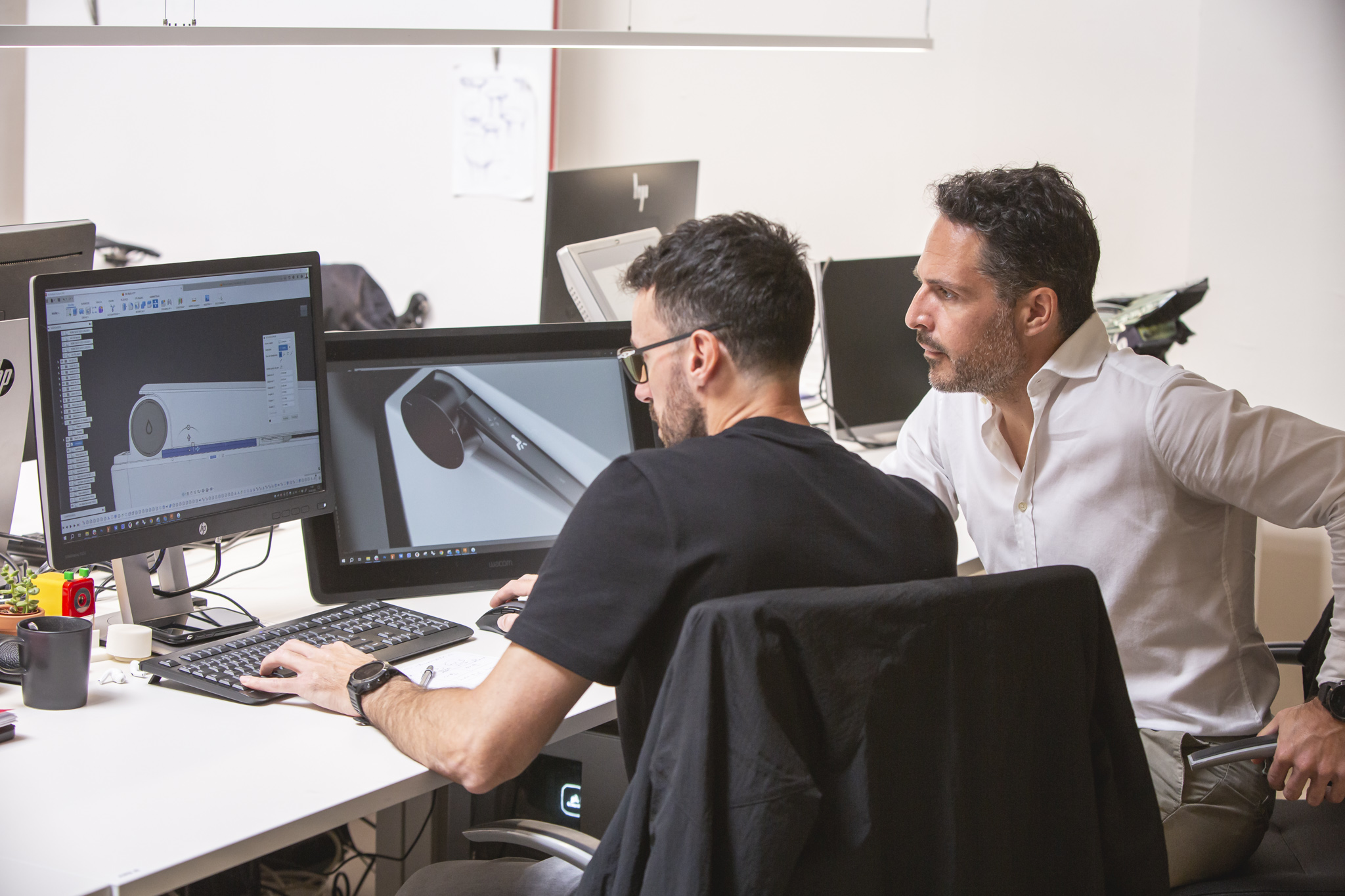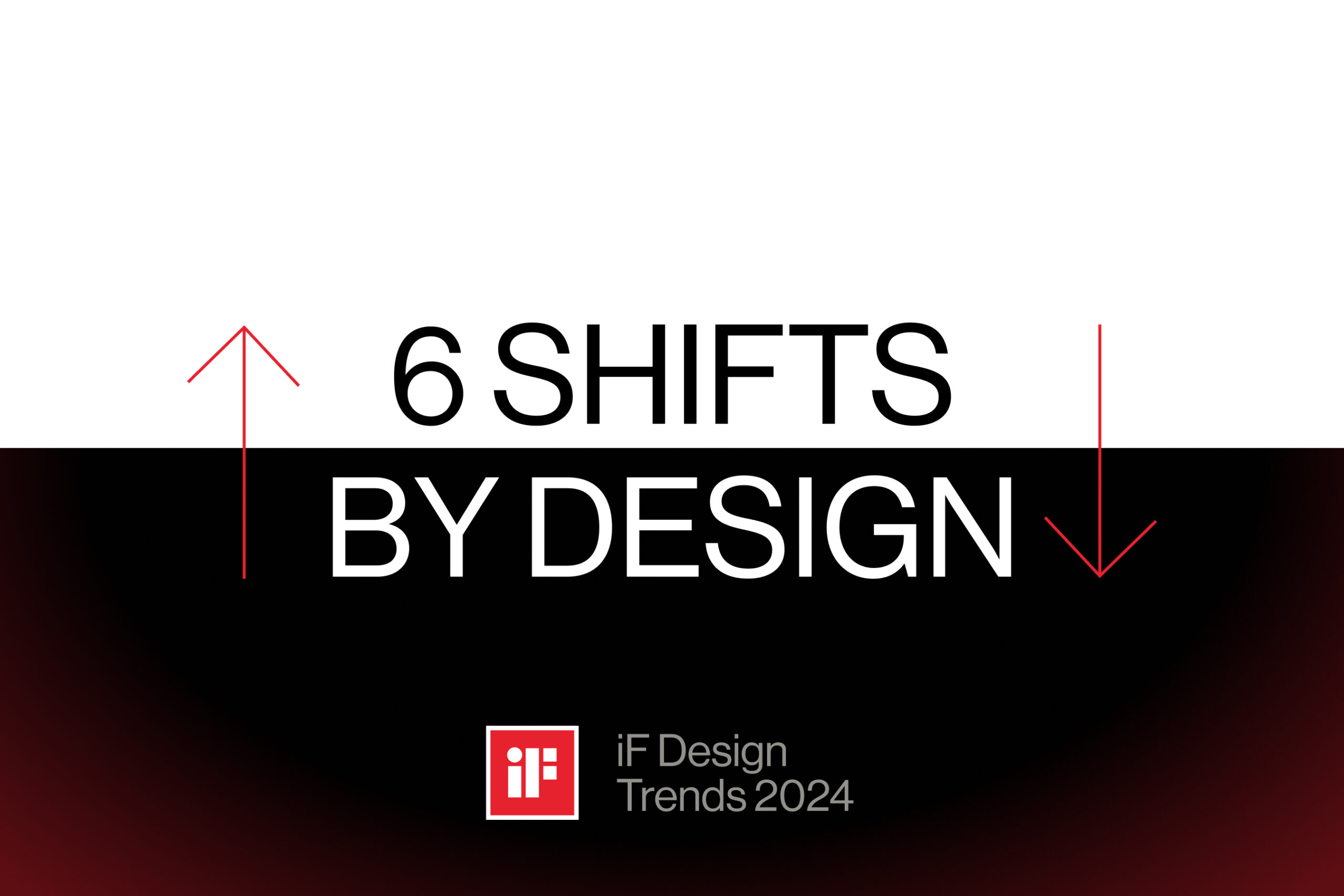
Service Design’s Impact on Healthcare Efficiency
- Olivier Mache
Healthcare is in a constant state of evolution, marked by emerging technologies, treatments, and regulatory shifts. Amidst this dynamic environment, healthcare providers face the ongoing challenge of complex imbrication of protocols and processes. In the healthcare industry, service design emerges as a key contributor to optimize patient experiences, enhance outcomes, and trim costs.
At the heart of healthcare service design lies a pivotal shift towards patient-centricity. By exploring the requirements, desires, and expectations of patients, providers can tailor services to address their specific needs. This approach not only yields better outcomes but also cultivates higher patient satisfaction and fosters increased loyalty.
IMPROVED EFFICIENCY
Service design doesn't stop at understanding patients—it extends to optimizing the intricate processes that constitute the healthcare service delivery. Through meticulous analysis, service designers pinpoint areas for enhancement, paving the way for solutions that are not just efficient but also profoundly effective. The result? Improved outcomes for patients and healthcare professionals, an overall superior patient experience, and cost savings.
BRIDGING GAPS FOR UNMET NEEDS
Beyond refining existing processes, service design in healthcare catalyzes the creation of new services to bridge gaps in patient care. By collaborating closely with patients and other stakeholders, service designers identify unmet needs within the healthcare system and innovate new solutions. The outcome? Elevated outcomes, heightened patient satisfaction, and an overall enriched healthcare journey.
TELEHEALTH: A CONFIRMATION OF SERVICE DESIGN'S INFLUENCE
Throughout the pandemic, telehealth emerged as an indispensable component in Australia’s healthcare apparatus. According to the Australian Bureau of Statistics, between 2020 and 2021, one-fourth of Australians acknowledged resorting to telehealth for consultations with their GP. And of those who participated in a telehealth consultation, 83.4% affirmed their willingness to engage in telehealth for a consultation once more if the opportunity presented itself.” (Source: Australian Bureau of Statistics)
Conclusion
Healthcare service design stands as a great discipline to engage healthcare organizations into a participative approach in which patients and health care professionals work hand in hand to research and come up with solutions to improve patient experiences, improve outcomes, and reduce costs.
Sources


User centered design: What is it?
Edu Gargut
23 de July de 2024

6 Shifts by Design: iF Design Trend Report 2024
Jonatan Torreblanca
19 de June de 2024